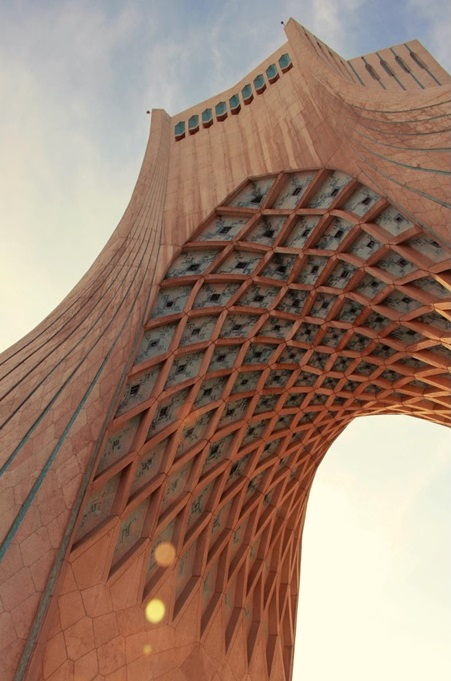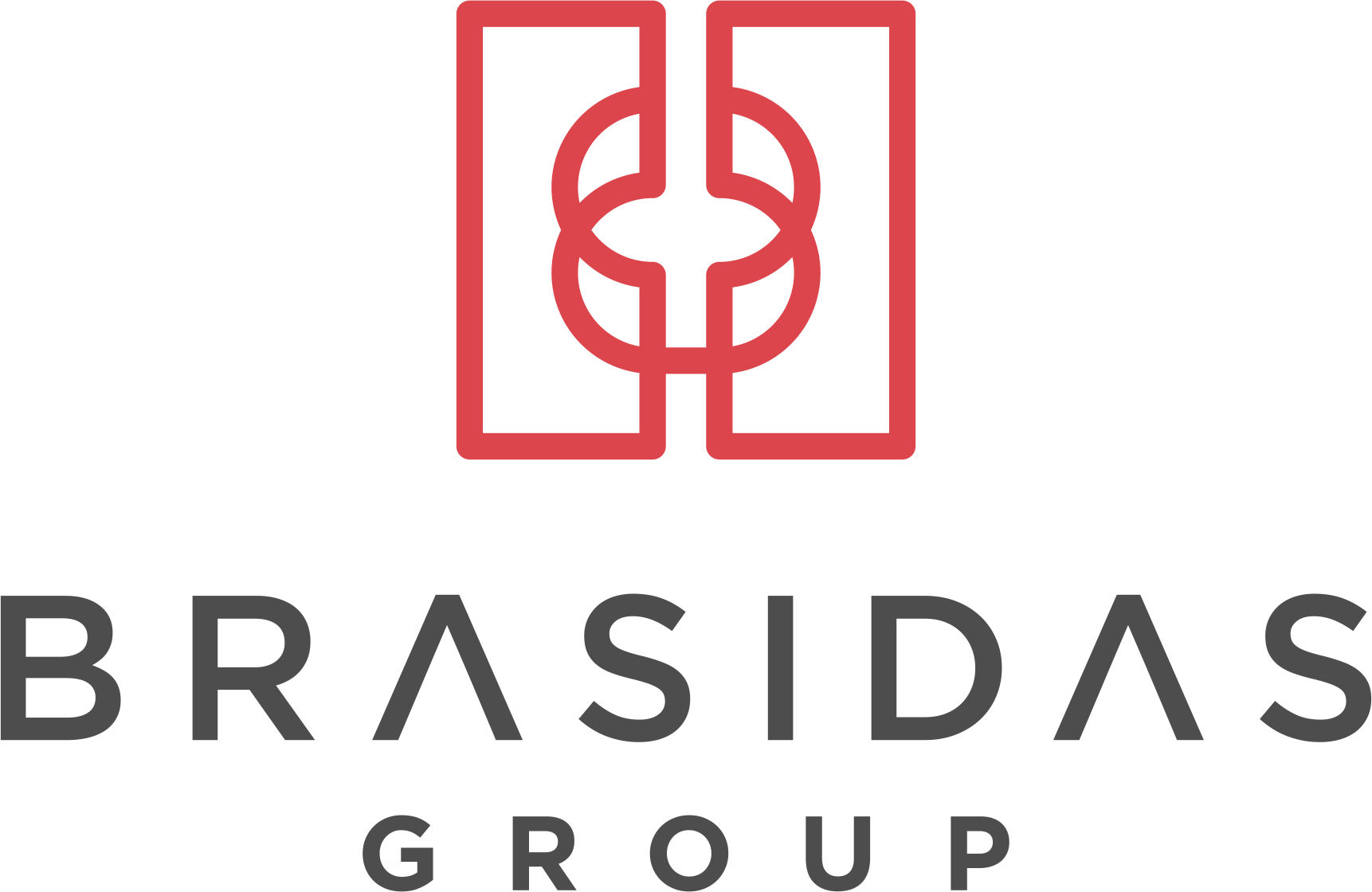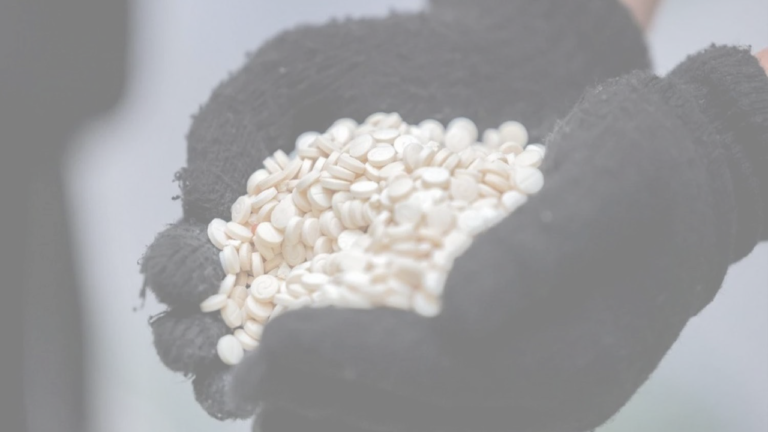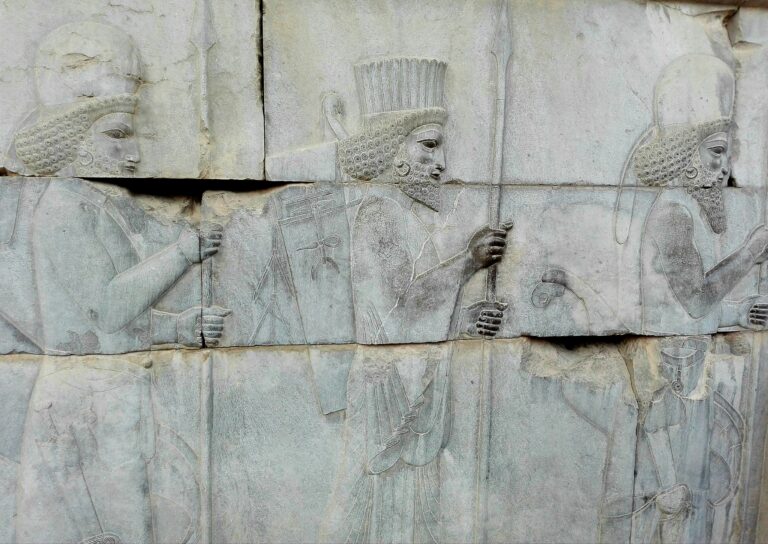On 16 September 2022, a 22-year-old Iranian woman, Mahsa Amini, was pronounced dead in a hospital in Tehran due to a skull fracture she obtained while in police custody. Amini had been arrested by the Guidance Patrol, an Islamic police force tasked with enforcing the country’s strict Islamic dress code. She was arrested for wearing a hijab too loosely and showing her hair in public. According to authorities, she had suffered a heart attack while in custody and fell into a coma. However, eyewitnesses reported that she was severely beaten at the hands of the Guidance Patrol shortly prior to her death.
This event sparked a series of large-scale protests across the Islamic Republic, centering on countering violence against women, a pervasive issue in the country. Women have blatantly taken off their hijabs and cut their hair in these demonstrations. These protests have not only resulted in the nation’s women en masse flaunting the country’s strict dress codes but have also severely damaged the regime’s authority as the streets have remained full of protestors.
As the protests have increasingly gathered momentum, the regime has done everything in its power to squash these protests. What began as a flare-up of public outcry from primarily the younger women in the Islamic Republic is rapidly becoming a threat to the regime. Some analysts have asserted that these protests are now posing an ‘existential threat’ to the regime, which has relied on fear and intimidation to hold onto power since the Islamic Revolution in 1979.
The protests have even necessitated a response from the country’s Supreme Leader, Ayatollah Ali Khamenei, who accused the US and Israel of the movement’s architects. “The rioting was planned… designed by America and the Zionist regime, and their employees,” he said. Khamenei offered no conciliatory tone when he further promised that “those who foment unrest to sabotage the Islamic Republic deserve harsh prosecution and punishment.” To that end on 8 December 2022, the regime carried out its first execution related to the protests and announced that more executions were slated to begin. The BBC reported that the Revolutionary Courts have sentenced nearly a dozen people to death since the protests began.
Nevertheless, the protests show no signs of abating as bazaar merchants recently went on strike across the country. These strikes coincided with a student protests in several areas, despite increasingly violent tactics employed by security forces. The protests have at this point, taken on a life of their own and has spiraled into a nationwide anti-government movement encapsulating several groups with anti-regime motives such as the Kurds along the Iraqi-Iranian border.
The protests have to some degree, highlighted that the Islamic Republic is entering a new phase of its history. The country currently faces a growing youth population, and this segment of society has no memory of the revolution in 1979. This generation has grown up in an Iran economically stymied by sanctions, and led by strictly conservative, increasingly older theological groups. The younger generations in particular, may be dissatisfied with the country’s leadership. It is estimated that over 37% of the country is under 25 years old, and 86% of the country is under 54. These segments of the population are highly represented on the streets through the protests and may be interested in a new path for Iran that is divergent from an aging revolutionary elite class that is reluctant to release its grip on power.
The protests also follow a series of tough relations between Washington and Tehran, who have been at odds in recent years over a Biden administration attempt to revisit the Joint Comprehensive Plan of Action (JCPOA), which the US unilaterally pulled out of in 2018 under Trump. Furthermore, the regime’s crackdown on the protests has sparked yet another wave of sanctions from Washington and Ottawa.
Iran’s economic and societal stability may be at risk as a result of these protests, and Iran watchers are closely monitoring the situation. It is likely that Iran will take an increasingly heavy hand in dealing with any disruption of public order, which may only to contribute to elongating and exacerbating the unrest.
Iranian Protests : A Women’s Rights Movement Sparks National Unrest

Reading Time: 4 minutes



